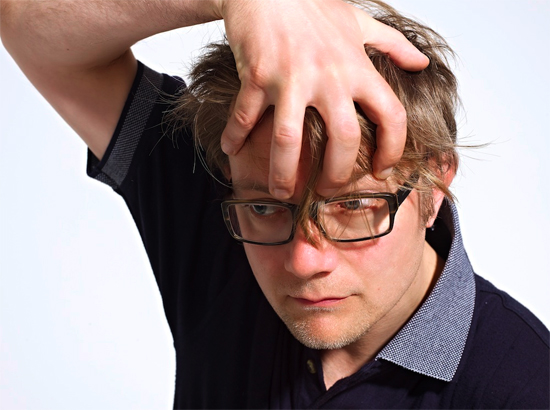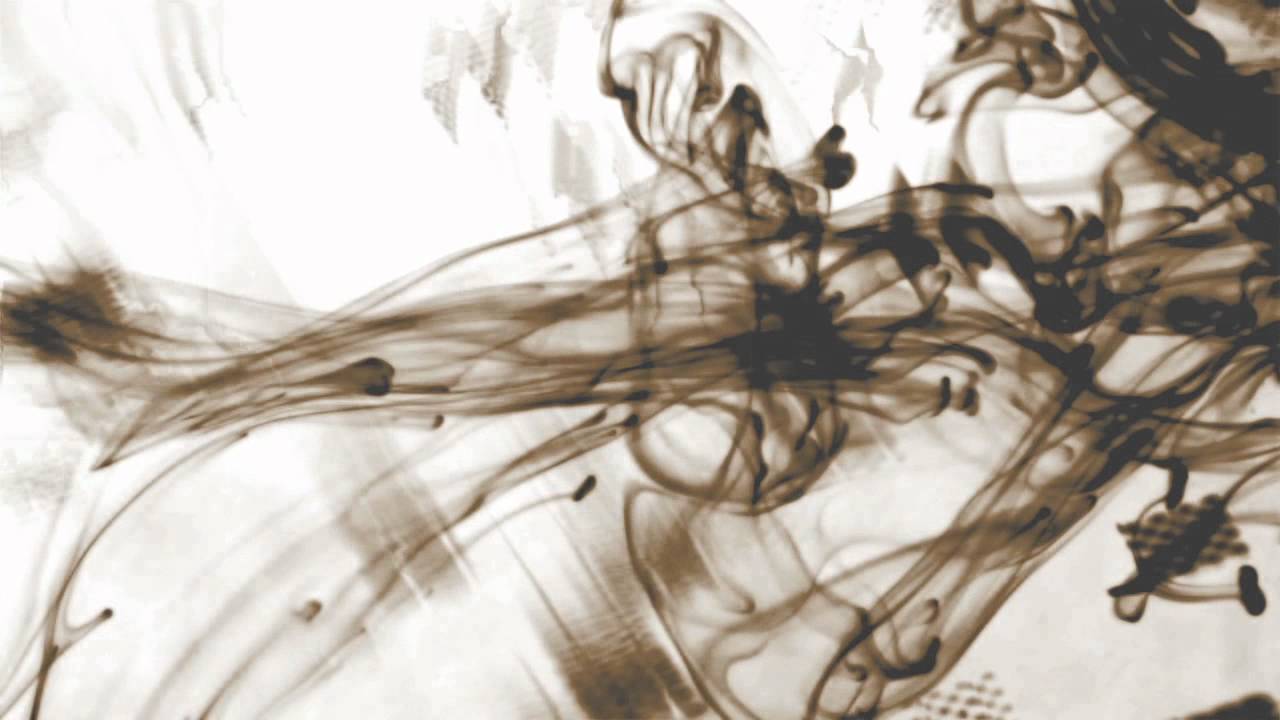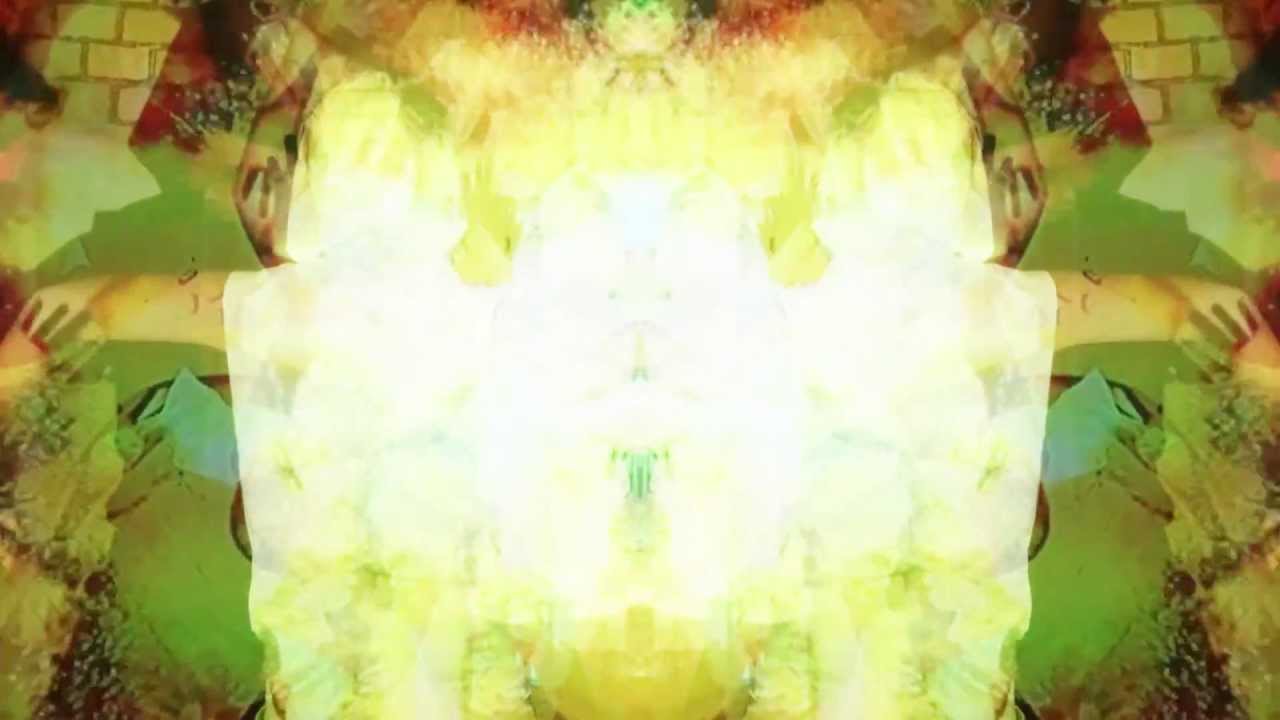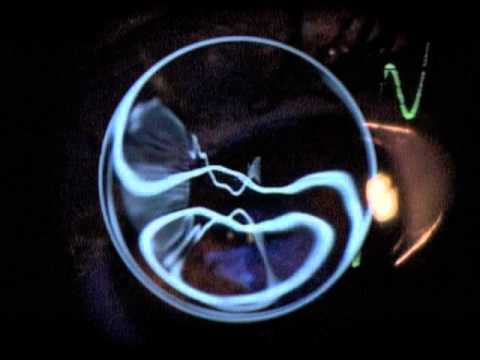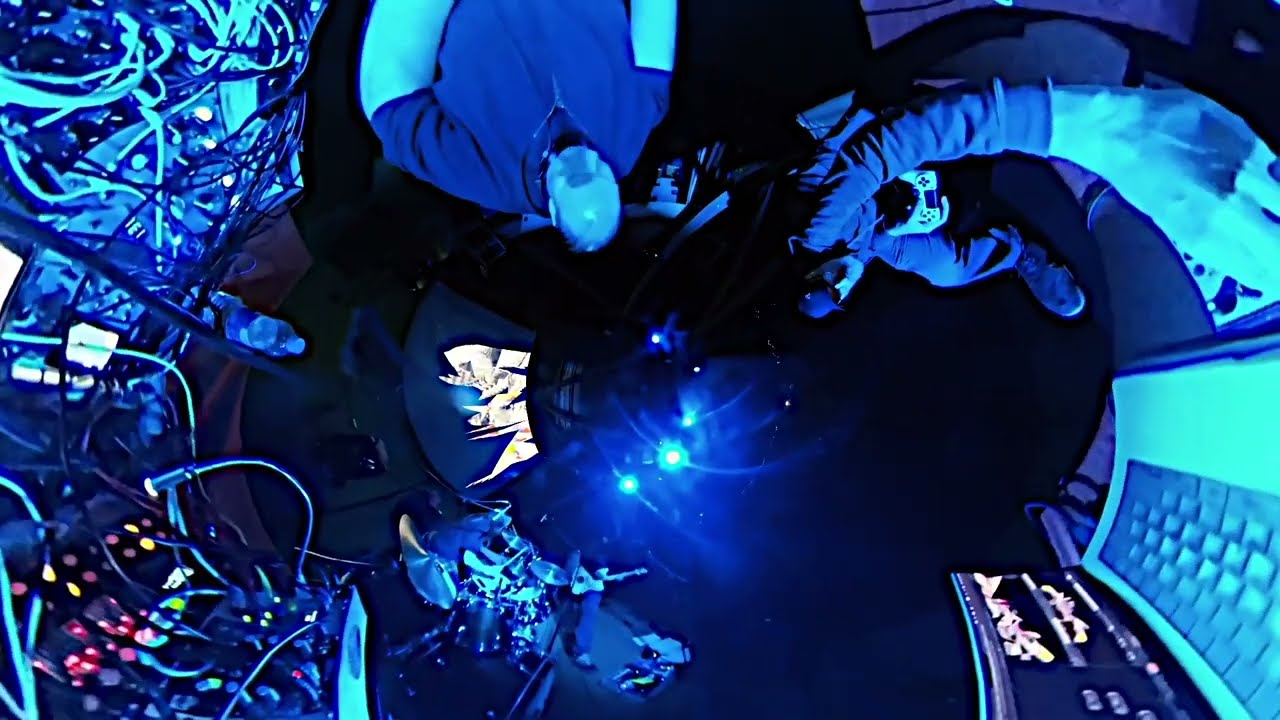Photo by Henryk Weiffenbach
One morning in 1988, Dirk Dresselhaus woke up, hungover, in the basement of a best friend’s house after a party in his hometown, Bielefeld, West Germany. It’s a city considered so forgettable by many Germans that, thanks to something called The Bielefeld Conspiracy, it was forced to issue a press release in 1999 confirming that it actually existed. That morning, a phrase looped through Dresselhaus’ befuddled brain. "Hello, my name is Schneider," it said, over and over. "Hello, my name is Schneider." He can’t remember exactly why that might have been, but his theory is as odd and as likely a reason as any for such behaviour.
"I guess it had to do with an episode of Alf," he says, "where he thinks he’s an insurance salesman called Wayne Schlagel."
Of course it did.
The next evening Dresselhaus attended another birthday party, where this time he knew few of the guests. As he mingled, the phrase he’d woken up with kept repeating itself, and any time he needed to introduce himself he repeated it out loud: "Hello, my name is Schneider." Many of the people he met that night soon became good friends. The name stuck, whether he meant it to or not. He hasn’t stopped reinventing himself since.
Schneider – as we shall henceforth call him, because we’re not his family, and that’s how his friends refer to him – was never that conventional in the first place. He made music, according to his grandmother, before he could even think consciously, though the fact that his grandma considered banging a metal bathtub in her garden at the age of two to be music says a lot about the nature of his upbringing. ("I was probably trying to overshadow the sounds of conflict, or something else annoying," he explains, smiling.) Until now, he’s been perhaps most widely known for ‘The Light 3000′, a collaboration with kptmichigan in 2000 which saw the duo reinterpret The Smiths’ ‘There Is A Light That Never Goes Out’ so successfully that it was voted number 8 in John Peel’s Festive Fifty, as well as being ranked highly in a feature for The Wire about the best cover versions ever recorded. But his grandmother might be more pleased with the manner in which his career has been developing of late, as his earliest aesthetic instincts have again started to barge his more melodic tendencies to one side.
Such inclinations have always been audible in much of what he’s done throughout his career – buried within his early musical ventures, loitering in the background of his solo recordings, prominent in many of his collaborations – but now, in his solo work, it’s become entirely inescapable. The most obvious sign of his metamorphosis emerged with the release of Construction Sounds in 2012, which emerged from Schneider’s experience of living in Prenzlauerberg, a Berlin neighbourhood to which he’d moved in late 1998 and which had once been on the eastern side of The Wall. Swiftly occupied by West Berliners seeking a cheaper lifestyle following The Wall’s fall – and the subsequent exodus of those who’d lived in the former GDR, who sought a new life in the wealthier West – Prenzlauerberg began to fall victim to creeping gentrification, and, as its buildings were renovated around him, Schneider was forced to adjust himself to both the city’s changing face and its sounds. One way he did this was by capturing the noises on tape and turning them into an album, in so doing reimagining musique concrète in an almost literal fashion. The response to the results was impressive, especially for an album built out of the ambient noise of building and battery, demolition and drilling.
‘Grinder In The Sky’, taken from the Construction Sounds album
"The public resonance for Construction Sounds was actually bigger than I expected," he admits. "Many people, and also the media, seemed to be interested in the topic itself, and how and why it was made into a record. I played it live in a small club in the Blue Mountains outside of Sydney the other day, and then there was a spontaneous Q&A that lasted almost as long as the set was because people wanted to hear the whole story.
For me it was a very personal album, and not intentionally embedded into the history of musique concrète. It’s as simple as this: I lived in an urban renovation area and tried to record music in my living room. It wasn’t possible because of the construction noise, so I started to record that instead. Having done it for a couple of years, it literally forced me to do something with the huge amount of material and aggression that I’d accumulated. Catharsis!"
Now he’s back with a follow up, Guitar Sounds, clearly related to its predecessor in that it builds upon abstract, atonal foundations. This time, however, the results are often a lot less abrasive. His motivation was, he jokes, that, "Guitar Sounds is a really funny title, so I had to make the album." Obviously, though, there was much more to it.
"When Construction Sounds came out," he explains, "I already had the idea to continue it in the form of a series, and I was very happy when Bureau B offered to release the second part. After having twiddled knobs and dealt with electronics – and issues of digital production in general – for a couple of years, I started to play electric guitar again. It was totally like the relief of coming home. But my focus had changed a lot. Suddenly I played with a different perspective."
Though Guitar Sounds employs the result of improvised sessions – parts of which date back to soundtracks he recorded over the last few years – Schneider avoids the sometimes clichéd self-indulgence of comparable experiments to create five fascinating soundscapes, from the anxious paranoia of ‘Elefantenhaut’, on to the more tranquil, pastoral pickings of ‘First Of May’, the Sonic Youth swoon of the suitably titled ‘Landslide’, the slow-building, droney hypnosis of ‘Teilhard’ and finally the marathon feast of the eighteen minute long ‘Überzahl’, with its buzzsaw vibrations and supernatural sighs. It appears to be a far cry from ‘The Light 3000’, but Schneider argues that’s not necessarily true.
"’The Light 3000′ followed the same principle: combining things that seem not to fit together at first," he reflects. "It isn’t such a radical change, as one thing leads to the other. The album series that started with Construction Sounds and now continues with Guitar Sounds pursues the musical ideas and structures of previous Schneider TM releases on a different level. Like on the earlier Schneider TM records, I wanted to get rid of limitations, and to shift borders regarding what music can be, but without cutting and losing my personal roots to it. One of my motivations behind the Sounds series is to strip down the music to its essentials and leave out any needless decoration, to get something like a distillate. I want to work as Schneider TM in a wider context than just being known for an electronic cover version of 80s British indie pop!"
‘Elefantenhaut’, taken from the Guitar Sounds album
Arguably, Construction Sounds and Guitar Sounds are mere refinements of an aesthetic that Schneider has employed since his early days making music, possibly back to the first time he banged that metal bathtub, and certainly since he first made a name for himself in his homeland with his earliest success, Hip Young Things. Formed in 1988, they were founded on a principle that insisted the band steer clear of anything that might be thought of as what the Germans call ‘Mukkertum’, a disparaging term not far from the English ‘muso’. They therefore each played instruments that were unfamiliar to them in a band context in an effort to keep things fresh, both in their performance and their writing.
"Our aim," Schneider elaborates, "was to become something like The Pixies of Bielefeld. Nevertheless, we tried to get the most out of our limited abilities and became better as a band after a while. This also included harmony vocals that weren’t always 100% in harmony, but we liked it that way because it still sounded good somehow. Being influenced by The Velvet Underground, Neil Young and Crazy Horse, The Beatles, The Wipers, Hüsker Dü, The Feelies and early Dinosaur Jr., but also bands like Talk Talk, we kind of tried to reinvent ourselves with every new song."
They recorded four albums for Glitterhouse, but conflicts of interest – both practical and musical – eventually forced them to disband, and Schneider then hooked up with Christopher Uhe (later of Sharon Stoned). They formed Locust Fudge, a "glam-folk duo," according to Schneider, who played cover versions as well as their own songs. Their career began as buskers on the streets of Bielefeld. "We got chased from every spot we played after a couple of minutes," he recollects. "After playing the whole day for about seven hours we had enough money to get a pizza each."
Later, however, they got to open for Mo Tucker, and they also released two albums, Flush and Royal Flush, the latter of which opened Schneider’s eyes to the possibilities of home recording. "That album is one of my absolute favourites in retrospective," he grins. "It was the first album recorded and produced mostly in my living room with 100% artistic control and a microphone that cost nineteen Deutsche Mark [now the equivalent of approximately €10], a Boss Overdrive as pre-amplifier, cheap plastic keyboards and other trash. We recorded onto cheap cassette tape, and it still sounded great. What a dream! We didn’t have a sampler back then, but we actually played our instruments like samplers after we got into loops in the mid ’90s."
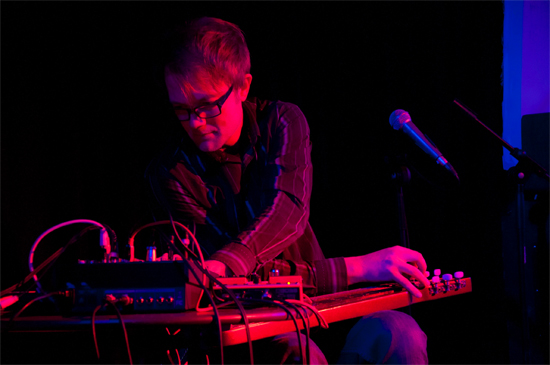
Photo by Nozomi Matsumoto
Locust Fudge went on almost permanent hiatus soon afterwards, but only after an EP, Business Express, which found them working alongside Mario Thaler – the producer responsible for many of the bands within the Weilheim scene, including The Notwist – and Martin Gretschmann a.k.a. Console, who would later himself join The Notwist. Featuring six tracks that further pursued Schneider and Uhe’s interests in sampling and electronics, it was enough to provoke Schneider to scurry off and borrow a Roland 606 and a synthesiser from a friend. The solo tracks that resulted – with the music played through guitar pedals onto a four track recorder – were released by Weilheim labels Payola and Kollaps, and these eventually led to a deal with City Slang. They put out his debut solo album, 1998’s Moist, which he describes as being "inspired by mid ’90s leftfield electronica and post-rock, and the club music my flatmate was listening to next door all the time."
For the next eight years, over three albums, as well as various EPs – and of course the Binokular mini album with kptmichigan – Schneider TM helped define the concept of ‘indietronics’ within his homeland and beyond. ("Personally I don’t like definitions like that or krautrock much at all," he grumbles at the term.) The English press were especially kind to him, and Mute Records ended up licensing his work for the US. But, unbeknownst to many of the growing number of fans first brought on board through that collaborative cover of The Smiths, Schneider had a side that was immersed in a rather less accessible, even more exploratory approach. It had been easy to spot on Moist, but playful songs like ‘Reality Check’ and ‘Frogtoise’ on 2002’s Zoomer – both of which picked up daytime radio play across Europe, even if they didn’t chart – suggested he’d left it behind. His enquiring spirit, however, remained evident within his live band’s shows, where he and his colleague kptmichigan and regular percussionist Mek Obaam (more recently of The Innits) "deconstructed the songs to improvise and construct something new," he explains. "Sometimes we even improvised completely new songs from scratch, including lyrics, by deforming the source material. I believe in unpredictability and chance."
It helped creatively that Schneider and his travelling companions weren’t entirely afraid of taking trips of a more psychic kind as they toured the world for the best part of a decade. "Sometimes we were so high on life and other things that we didn’t remember how we’d got on the plane, or where we’d come from when we landed, looking and behaving like Johnny Depp and Benicio del Toro in Fear & Loathing In Las Vegas. There’s twelve hours of very – ahem – ‘delicate’ film footage from our US tour with The Faint and Les Savy Fav in 2003 safely locked away at a secret location. Those stories would fill at least one book!"
‘The Light 3000’ (Smiths cover)
To those who hadn’t been observing closely, the move away from his indie electronic proclivities seemed to take place after the release of Skoda Mluvit in 2006, and Schneider concedes that touring the record did cause him to reconsider his goals. "After an attempt to make Schneider TM a four piece band, and being on tour with up to six people, I suddenly had the feeling that things seemed to have been overstretched somehow, and that period slowly started to fade out in 2007."
In reality, he’d been more than flirting for a while with the direction he would soon take, both in live performances and on record. In 1999, he’d started working with Pan Sonic’s Ilpo Väsiänen under the name Angel, and though their first studio album, Hedonism, wasn’t released until 2008 – admittedly preceded by two live albums – its contents are perhaps best indicated by the fact that the cover is by Sunn O)))’s Stephen O’Malley. Schneider’s and Väsiänen’s collaboration first materialised after both musicians – signed to Mute in the US – ended up on the road together.
"We got stuck in Rome for some reason," Schneider reminisces, "and we were sitting in a restaurant eating, drinking and doing some arm wrestling when this woman came in with a vendor’s tray trying to sell fancy cigarette lighters. One was shaped like an angel, with glowing red eyes and fire spitting from its genitals. ‘Angel’ was written at the bottom, and that’s how our project started. The concept was noise, and we started to play one gig a year in Berlin for the next couple of years on typewriter, Ilpo’s homebuilt synth, and my most demolished guitar. Later on we played some more, using various pieces of electronic equipment as well as field recordings. Most of our studio albums were recorded partly in Finland’s wilderness and partly in Berlin’s city environment, which is an interesting combination of atmospheres to work with, especially on the same track. Angel follows its own tempo and is very slow at times. It’s a project I learned a lot from regarding issues like patience, communication, listening, timing, frequencies and the space in between tones. Ilpo influenced my way of dealing with music nowadays a lot."
There were other collaborations, too: experimental theatre and film soundtracks, as well as live performances, including some with Einstürzende Neubauten guitarist Jochen Arbeit, others with Can’s Damo Suzuki. "I first joined Damo’s Network in 2006 when the band was set up by Berlin post punk singer Doc Schoko," Schneider says of the chance to work with one of his heroes. "We played in a small gallery and I was suffering from a 40° fever. We had a lot of fun with screwdrivers and stuff, and Damo was rocking the only mono speaker-box available very hard. Otherwise I don’t remember much, unfortunately! But years later we met again, and Damo started to stay in my house when he was in Berlin. We became friends, and he asked me to put a band together for a concert in Berlin in 2011. We played for two hours. It was like a swarm of fish."
If that idea doesn’t sound challenging enough, then there’s his 2005 album with acclaimed Icelandic musician Hildur Guðnadóttir under the name Mr Schmuck’s Farm, which manipulates cello, zither, other acoustic objects and electronics, and "sounds like a lovely but poisonous, electro-acoustic giant insect making its way through a concrete jungle," he insists. "And other animals in other environments." (Guðnadóttir also joined Angel for their 2008 album, Kalmukia, whose cover was again provided by O’Malley.)
Live Guitar Sounds performance featuring Tomoko Nakasato and Takehito Koganezawa
Though the journey from indie rock to ‘electro-freak-pop’ – as he sometimes called it – to champion of the avant garde may seem unusual, especially in the manner in which these interlink, Schneider sees no need to justify or make sense of the intriguing arc his career has charted. "It all came quite naturally and by chance," he points out. "One thing faded into the other, and it’s all connected somehow. One can hear that on the records if you listen to them chronologically. It’s a bit like writing a diary. I guess I’m a curious person taking a trip down a rabbit hole, trying to get closer to the source, but also taking the occasional detour just for the experience.
"Songwriting and freeform improvisation are just different ways of making music," he continues, "and I definitely wouldn’t say that the second one is necessarily easier and less complex. It happens much faster and therefore it can be more difficult than to write a song. Decisions have to be made very quickly, and it’s easier to fail. There’s just this one chance, but it also can be interesting to fuck up, because it’s very honest music in the end that unveils human nature, which is imperfect, after all. When I want to tell a story, I write a song, and when I want to go deeper into the microcosm of sound and sub-consciousness I improvise and do freeform. The most accurate way of expressing emotion, vision and information is probably the combination of both."
In addition, however, he concedes that there are perhaps broader reasons, both personal and political, for his choices. Frustrated with working on music for a year or two at a time, and then waiting up to another year to see it released, he found the more immediate nature of improvised music more satisfying, and simultaneously more radical.
"Many things that the ‘alternative’ pop world brought out in the past couple of years," he contends, "sound to me a bit lacking in spirit and originality. Not that I’m not interested in pop anymore in general, but things seem to have gone down in that field for quite a while. In contemporary indie pop music I’m missing the aspect of counter-culture and spontaneity. Alternative pop music used to be a more rebellious way of reflecting society, and seems now to be shaped instead by economic pressure because the market isn’t what it used to be fifteen to twenty years ago. I really hear a lot of fear in pop these days, and music is supposed to be there to give energy, not to suck it."
Ultimately, what perhaps makes Schneider’s music most vital is his refusal to distinguish between what is and isn’t acceptable, and between what is right and what is wrong. If his former, albeit warped, sense of pop brings former fans to the likes of Guitar Sounds and consequently helps expand their horizons, the only reason he won’t feel contented is that he’ll wonder why it was necessary in the first place. "I don’t really see a difference between sound and music," he declares, "if there is emotion and inspiration involved. I can hear any environmental sound as music as long as it touches me somehow."
Live shows are currently planned, involving dancer Tomoko Nakasato and video artist Takehito Koganezawa, about which Schneider seems especially excited: "Tomoko’s movements react to the sound, my guitar playing reacts to the video and dance, the video is manipulated by Tomoko’s movements and creates feedback and also reacts to the music. It’s so trippy that it comes very close to what a contemporary version of Warhol’s Exploding Plastic Inevitable or quantum physics is supposed to look like. Not that I have any idea about quantum physics!"
But it’s the enthusiasm with which Schneider stands by his work that is most irresistible and persuasive. "One of my key moments was when kptmichigan and me toured Italy around 2000. We were discovering and practising digital deconstruction and reconstruction possibilities in our live shows around that time, and our sound world was expanding. We walked the streets of Rome at night after a fantastic Italian dinner, high from our concert and a lot of wine and grappa, and we stopped at the front door of a house where an incredible sound was coming from. We checked it out and discovered that the talkback circuit was broken, creating these totally amazing rhythms and modulations. At that moment, it sounded like the best music we’d ever heard. It was minimal but complex, super funky, melodic, and much better than our own music because it was free of purpose. It was just played by this broken system for no one. We both cried because of its beauty. Whatever makes sound can be music. But many things that count as music are not. They’re just representative sounds for marketing strategies…"
And so we say farewell. His name is Schneider. Goodbye.
Schneider TM’s Guitar Sounds is released by Bureau B on September 30th and available as LP / CD here and as download here. For more on Schneider TM, click here to visit his website

